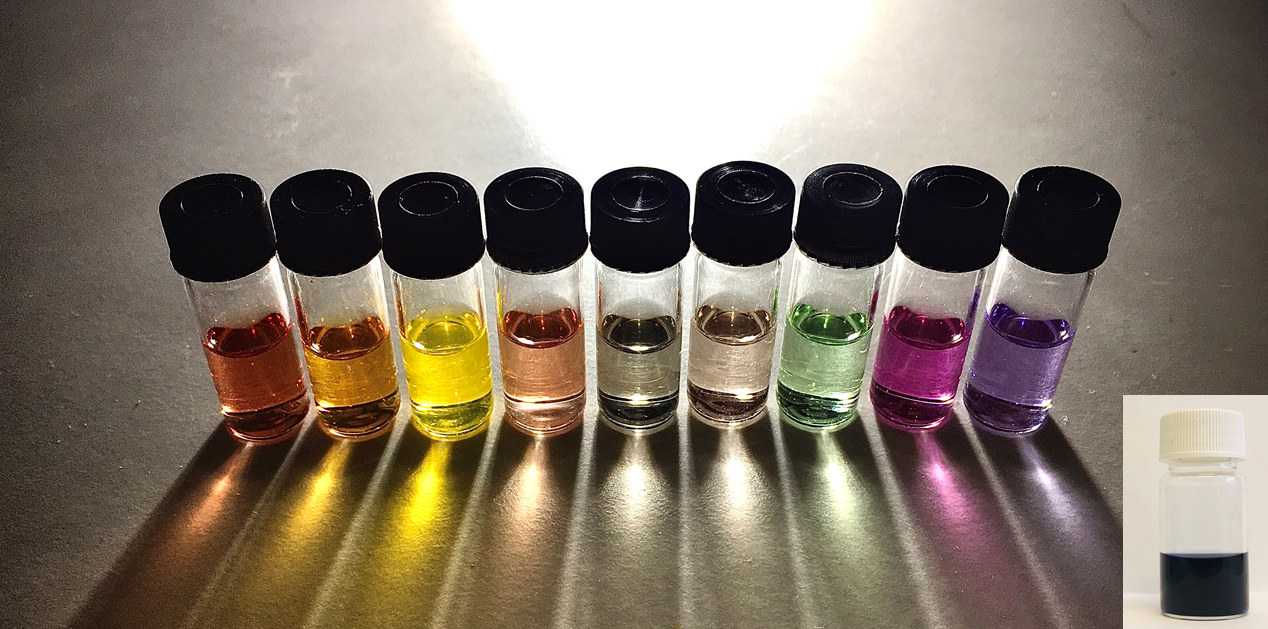Producing more sustainable hydrogen with composite polymer dots
15. 2. 2021 | Uppsala University | www.uu.se/en
Hydrogen for energy use can be extracted in an environmentally friendly way from water and sunlight, using photocatalytic composite polymer nanoparticles developed by researchers at Uppsala University. In laboratory tests, these “polymer dots” showed promising performance and stability alike. The study has been published in the Journal of the American Chemical Society.
How we are to meet future demand for sustainable energy is a much-debated question. One feasible way to go is hydrogen, which can be produced from renewable resources: water and solar energy. But the process requires what are known as photocatalysts. Traditionally, these have been made of metal-based materials that are often toxic. Instead, a research group headed by Haining Tian at Uppsala University’s Ångström Laboratory is working to develop nano-sized organic photocatalysts – “polymer dots” – designed to be both environmentally friendly and cost-effective.

Since polymer dots (Pdots) are so tiny, they are evenly distributed in water. Compared with traditional photocatalysts, this provides a larger reaction surface, which means that more light can be stored in the form of hydrogen gas. The research group has now developed a Pdot containing three components. In tests, the particle has shown very good catalytic performance and stability.
Read more at Uppsala University
Image Credit: Uppsala University
-jk-




